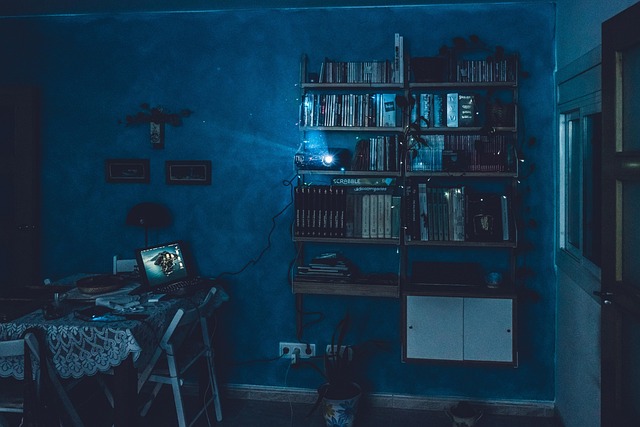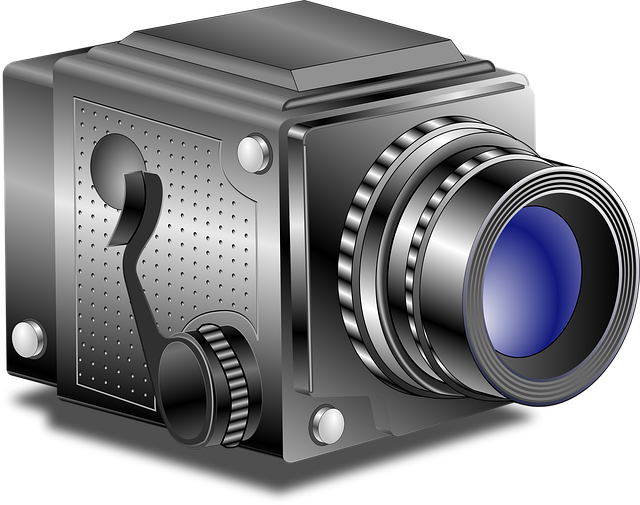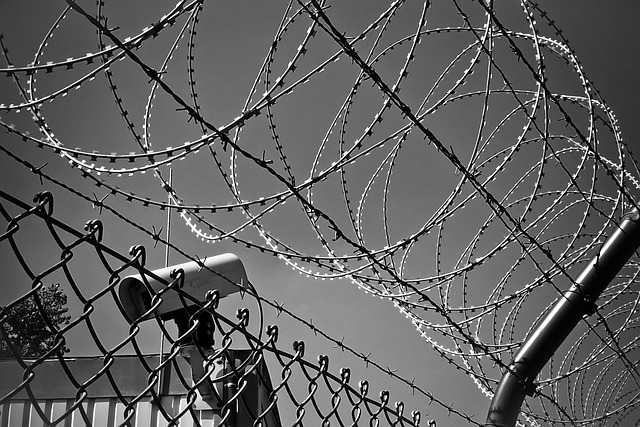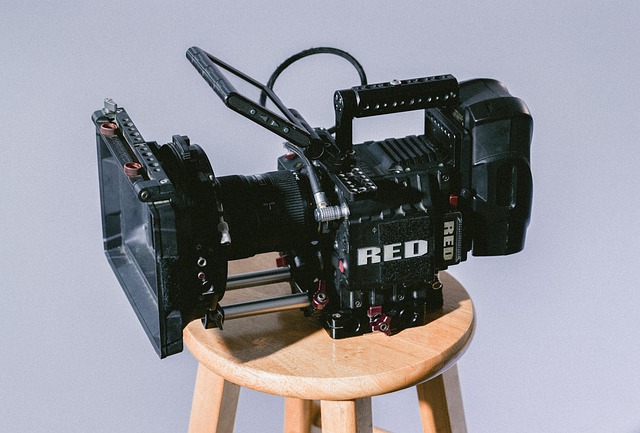Before recording, check camera settings and permissions to match desired output. Use proper lighting for high-quality video with optimal conditions. Employ a tripod or stabilizer for stable footage across platforms. Edit videos effectively using online tools to enhance engagement and accessibility.
Struggling with shaky footage, poor lighting, or frustrating recording errors? This guide addresses common video recording issues head-on. From optimizing camera settings and securing permissions to mastering stable camera techniques and effective video editing, we’ll equip you with the knowledge to produce high-quality videos every time. Discover expert tips and tricks tailored for enthusiasts and professionals alike – unlock the potential of your footage today.
- Check Camera Settings and Permissions
- Ensure Adequate Lighting Conditions
- Stabilize Your Camera for Smooth Footage
- Edit and Process Videos Effectively
Check Camera Settings and Permissions

Before troubleshooting any video recording issues, it’s essential to check your camera settings and permissions. Ensure that your camera is properly configured for the task at hand. Check the resolution, frame rate, and quality settings to make sure they align with your desired output. Misconfigurations can lead to low-quality videos or unexpected behavior during recording.
Additionally, verify that you have the necessary permissions to record videos. This becomes especially important when shooting in public spaces or capturing others’ images. Respecting privacy and copyright laws is crucial for effective video communication. If you’re using a smartphone, check your device’s settings and ensure any required camera permissions are granted. For more advanced users, consider exploring video editing tips for beginners to enhance the final product. Remember that proper permissions and responsible recording practices are integral parts of any video-based problem-solving exercise, whether it’s for personal or professional use. Give us a call at video copyright and licensing if you need further assistance.
Ensure Adequate Lighting Conditions

To achieve high-quality video recordings, proper lighting is paramount. Insufficient light can result in grainy, dark, or poorly defined footage, making it hard for viewers to engage with your content. Whether you’re creating video-based assessments and evaluations, how to create engaging video content, or even conducting video-based emotional intelligence training, adequate lighting will significantly enhance the overall visual experience.
Consider using natural light whenever possible, as it produces a warm, inviting glow that’s flattering for subjects. If filming indoors, ensure all lights are on and adjusted to avoid shadows or stark highlights. Moreover, experiment with different angles and sources to find what works best for your setup. Remember, optimal lighting conditions lay the foundation for successful video production, so take the time to get it right—it will show in the final product. Give us a call at best practices for video editing for further guidance on enhancing your recordings.
Stabilize Your Camera for Smooth Footage

To achieve smooth and professional-looking videos, one of the most fundamental aspects is maintaining camera stability. Shaky footage can significantly detract from the overall quality of your video, making it difficult for viewers to engage with your content. Whether you’re filming a vlog, creating video tutorials for learning new skills, or producing educational video games for young minds, ensuring stability should be at the top of your priority list. A simple yet effective solution is to use a tripod or camera stabilizer. These tools allow you to lock down your camera and capture steady footage, even in less-than-ideal environments.
Proper camera support is crucial not just for video projects but also for any visual content you create. By giving us a call at accessing video resources online, you can learn more about the best practices for video project management strategies. This includes techniques to enhance your setup and post-production tips to further refine your work. Remember that stable footage allows viewers to focus on your message without being distracted by unwanted camera movements, making your videos more engaging and effective across various platforms.
Edit and Process Videos Effectively

Editing and processing videos is an essential step in creating engaging content. Whether it’s for educational purposes, such as using video as an educational tool to enhance learning experiences, or for marketing strategies like crafting compelling video marketing campaigns, effective video editing can make all the difference. With a range of accessible online tools, anyone can now easily access video resources online and transform raw footage into captivating visuals.
By utilizing these platforms, you can quickly trim unnecessary segments, enhance audio quality, add text overlays, and even insert backgrounds to match your desired narrative. Remember, when editing, keep the overall message clear and concise. Ensure that any transitions between scenes are seamless, and use background music or sound effects sparingly to avoid distractions. Give us a call at Video Accessibility Considerations for guidance on making your videos accessible to a diverse audience.
Recording high-quality videos is within reach with a few simple adjustments. By checking your camera settings, ensuring proper lighting, stabilizing your device, and learning effective editing techniques, you can overcome common video recording issues. These strategies empower you to capture smooth, well-lit footage that truly showcases your subjects, making your videos engaging and professional. Remember, the key to successful video creation lies in these fundamental, yet often overlooked, considerations.








Leave a Reply